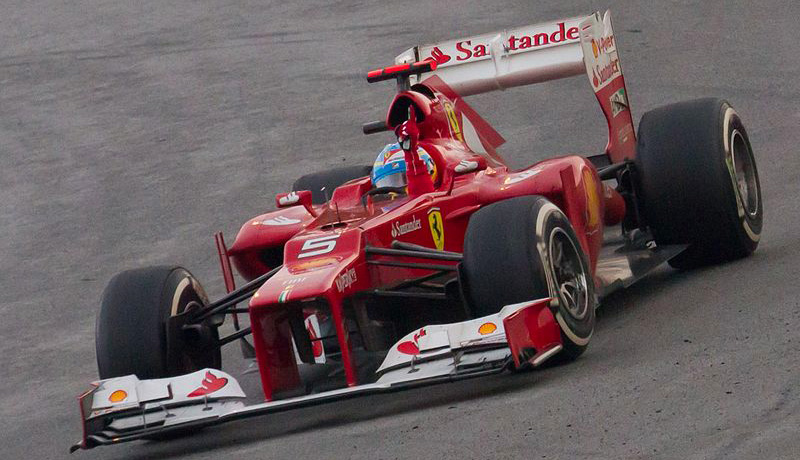
The “father of Venture Capital” and founder of INSEAD George Doriot once said: “An A-team with a B-plan is always better than an A-plan with a B-team.” I have heard this said again and again, and it seems to have passed into business lore.
For early-stage investor, however, I think it can be somewhat misleading; it really depends on your perspective. If we take Formula One as an analogy, for example, it is quite clear that the car (i.e., the ‘plan’) is more important than the driver (i.e., the ‘team’) – just ask Fernando Alonso; he is considered to be the leading Formula One driver, but he hasn’t won the title since signing for Ferrari (which was supposed to be the A-plan).
Naturally companies are built and led by teams with the ability and freedom to maneuver the business model and pursue any given opportunity if the original plan doesn’t work out, but there are some reasons why I disagree with Doriot’s assertion, and I think most early-stage investors would agree with me.
- There are industries (by nature, level of maturity, and so on…) that are more attractive than others: compare the automotive industry margins vs. mobile gaming margins. The structure of the competitive landscape is given. That affects the plan, but not the team.
- There is room for a limited number of players who can monetize any given business model (particularly in the internet/mobile area). Again, it is a plan issue; the team cannot change that.
- Time to market – Changing plan A to plan B takes time. This will affect the ROI of early-stage investors.
- Money to market – Changing plan A to plan B costs money, and this too will affect the ROI of early-stage investors.
My point is that an A-team will probably have the capacity to turn a bad plan into a better plan, but it won’t be enough for most early-stage investors seeking a high return on investment. If changes that need to be done are marginal and can be solved though A/B testing and minor changes to the business model, then the returns anticipated in the business plan might be achieved. If the changes to be made are related to the core of the business, the probability is that this will use up a considerable amount of the initial investment.
Netflix’s successful move from “DVD home delivery” to “streaming”, compared to the death of Blockbuster is quite illustrative in this sense: it doesn’t just show how competent the team is, it shows that it is also the magnitude of the required change that matters.
Don’t forget what another well-known guru, Warren Buffet, said, a few years ago: “When a management with a reputation for brilliance tackles a business with a reputation for bad economics, it is the reputation of the business that remains intact.”
So – are you more Buffet or Doriot?


